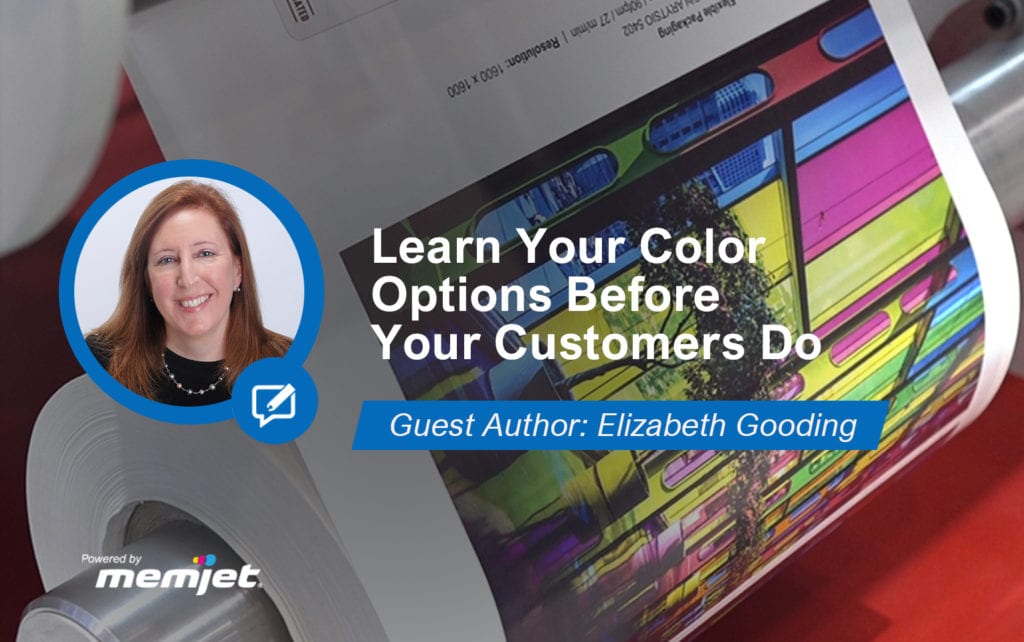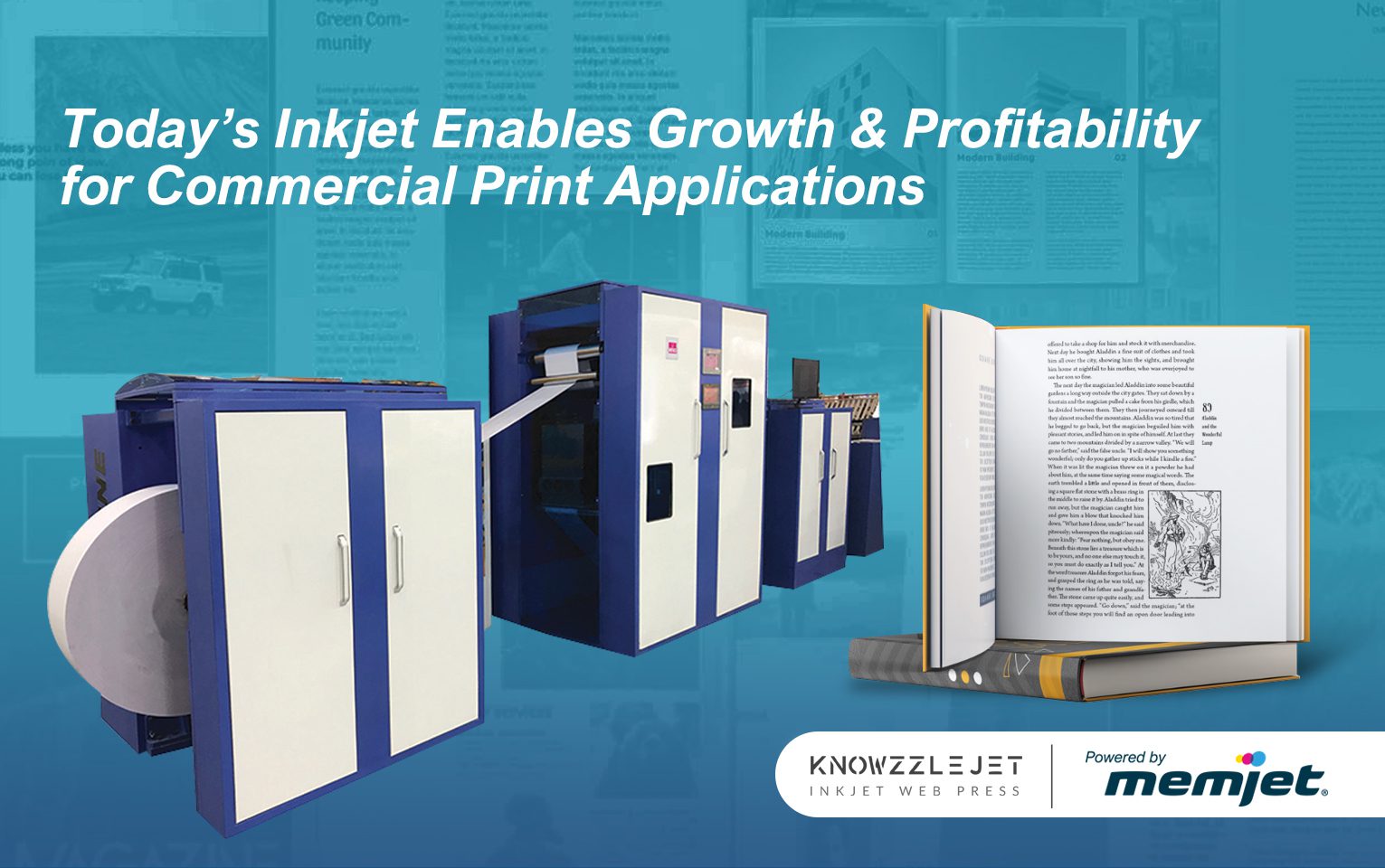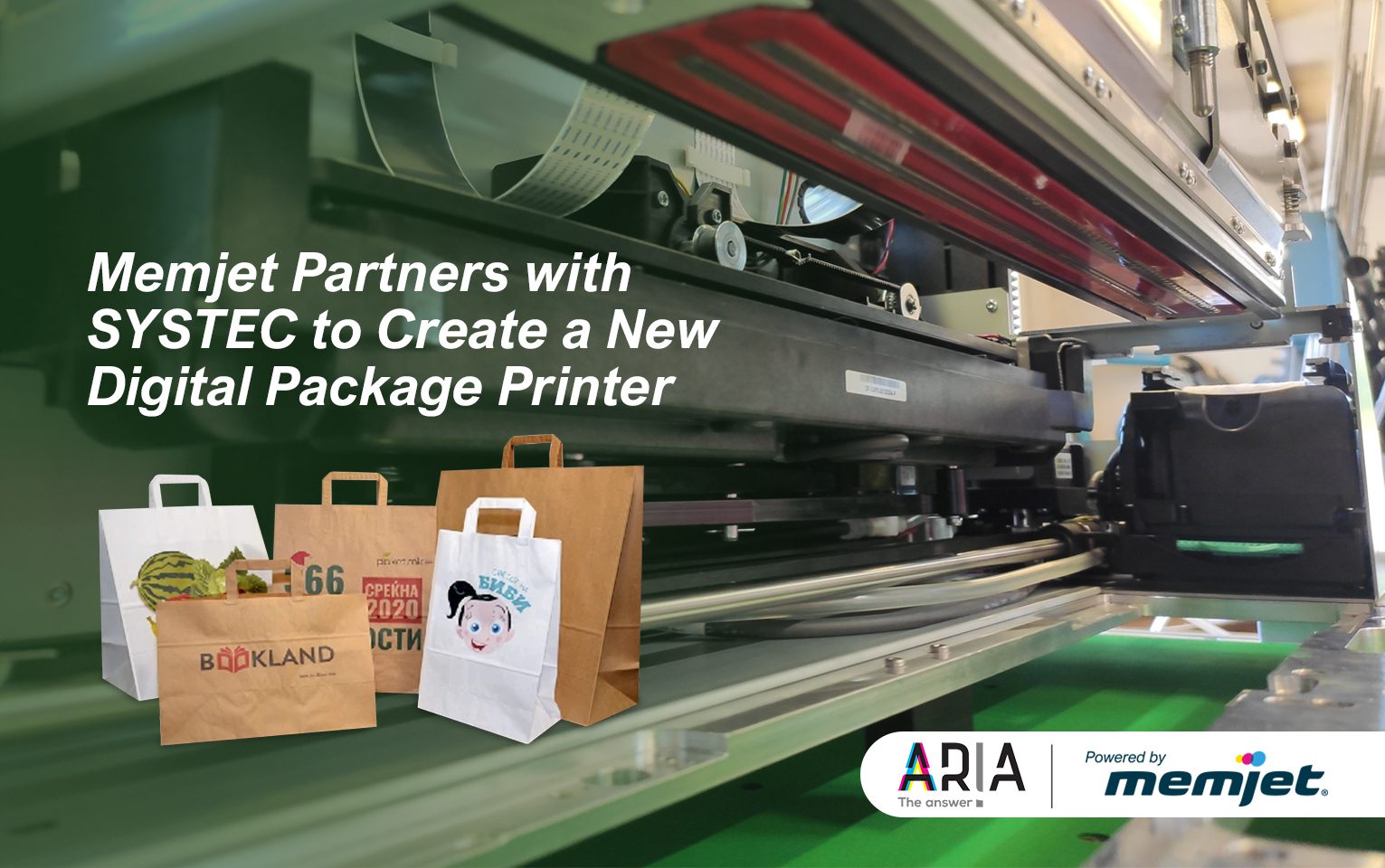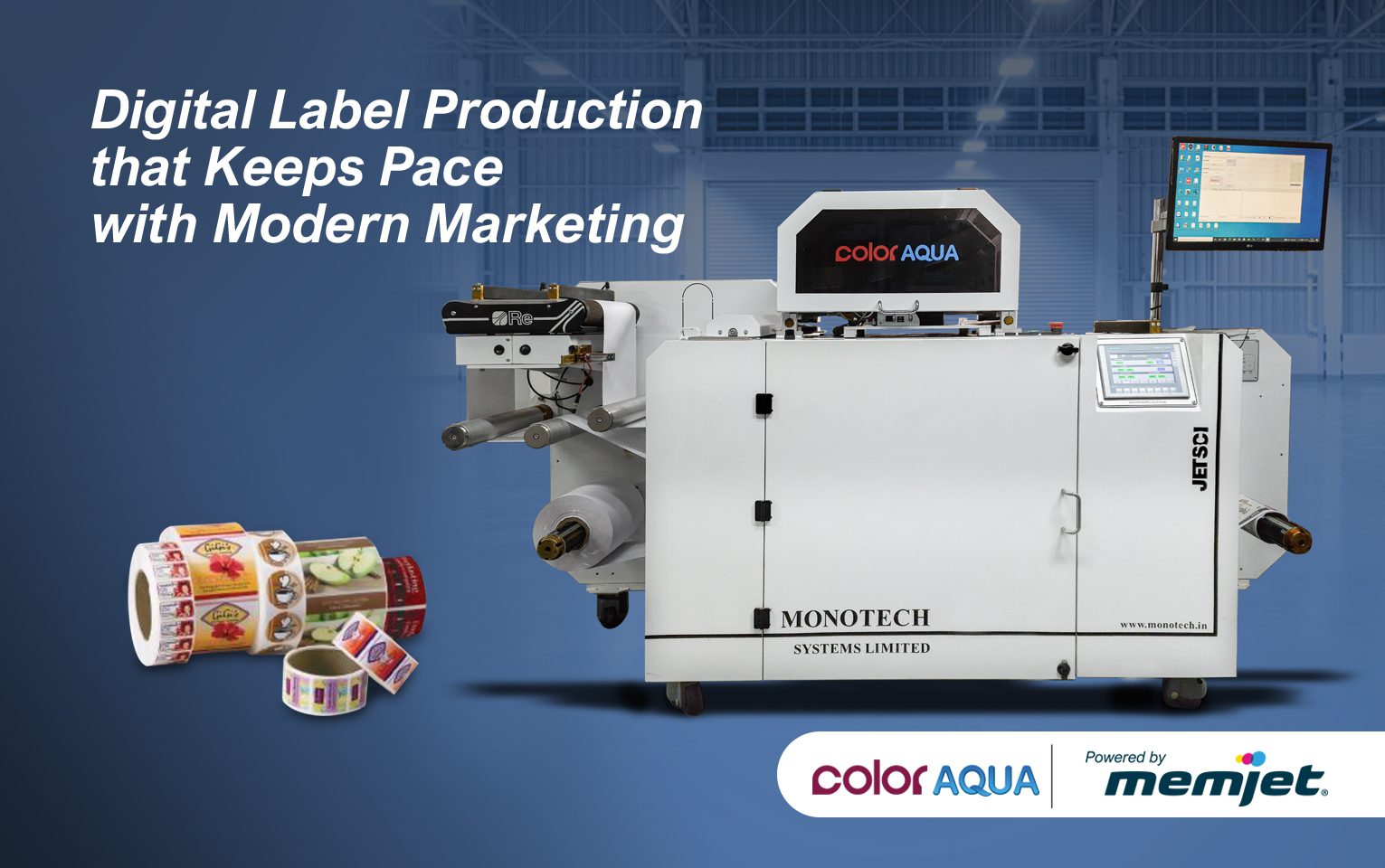By: Elizabeth Gooding, President at Inkjet Insight and Co-Author of “The Designer’s Guide to Inkjet”

Direct mailers are heavily invested in inkjet. In the US over 40% of direct mail page volume now runs on inkjet – that’s only around 6% behind offset and it’s growing. Now, commercial printers are getting into the inkjet game too. Not just with inkjet heads attached to offset presses, but using full-color, digital inkjet presses to complement or replace offset presses.
What does this mean for other printing segments using inkjet presses? More competition and higher expectations. When inkjet was primarily the purview of transaction printers, color expectations weren’t that high.
As Inkjet moves into these more quality sensitive segments – customers are getting introduced to a whole new level of inkjet quality. It’s not “business quality”, or “good enough” quality, it’s offset quality or even better. And once customers know what is possible with inkjet, they are likely to expect it as the new standard.
Be Ready Before They Ask
Transaction printers were early adopters of inkjet because, even when moving from mono to full color printing, replacing preprinted forms was incredibly efficient. Yet pretty quickly, just replacing preprinted stock with a static form was not enough to compete. Customers wanted the whole document in color with charts, graphs and variable message with cool icons and boxes around them. But mostly they worried about getting the logo color right – or close to right – or good enough.
There are some major suppliers of customer communications today who deliver color that is pretty abysmal in order to cut costs. It’s not the fault of the press (although some are using very dated equipment). It’s because they are using the cheapest paper possible and dialing the ink levels so far back it looks like they are printing with water and Pixy Sticks – remember those? And, most of the time, they are getting away with it – at least for a while.
Several times in the past year, I’ve been involved in customer communication design projects where the client got a bit more educated on inkjet, paper and color from the design process, or from another print supplier. Or, they had to match colors with a digital project or a direct mail project and really took a look at the quality of the transaction print they had been sending out. Whoops! Those were not fun conversations. Much better to educate customers about tradeoffs between cost and quality before they ask.
Customer Color Expectations and Cost
There are cost factors to delivering great color that your customers may not fully understand, but you need to understand the options well enough to discuss them intelligently with your customer. You need to be up to date on options with your own press, and also be aware of what your customers may be seeing in the market.
Several OEMs have dramatically improved inkjet quality in the past year. Many are targeting commercial print, but quality for transaction print-oriented presses has also come up along with productivity. Performance of updated printheads may be boosted with jetted or anilox precoating, more sophisticated inks, or both. These fluids cost more than the previous generation due to additives that allow compatibility with a wider range of media. So, you can save money on the paper, but you will pay more for fluids.
It may or may not make sense to update your press based on your current business however; you should periodically run the numbers and look at the investment relative to the potential to expand into new markets – cause let’s face it – printed volumes in many segments continue to decline. You may not be looking to expand into new markets yet, but trust me, there are competitors looking to expand into yours.
Is a more expensive ink, or use of precoating worth the cost if it opens up new media options? Could that open new markets for you? Or are you better off tuning up your existing presses and looking at some other inkjet paper options if and when you start to see some customers with higher quality expectations? Hopefully, they talk to you about those expectations and not your competition.
Do you really know what the top quality is that your press can deliver? Or have you been in business color mode for so long that you don’t profile for anything but the “minimum viable product?” Make sure you understand what your press can do and what it costs you to run at a top-quality, mid-quality and whatever you call that “get away with it” color you’ve been using lately.
If you are not already profiling and optimizing color on the papers you support – get help. You don’t want to use more ink than you need to, but you also want to be able to ramp up color and quality when it is a competitive necessity – and price it profitably. Test some different papers. You may find that a smoother paper, even if it is not formulated for inkjet, will give you a better result. You may also want to look into options for in-line envelope creation with color and personalization to drive additional value. Savings on envelope inventories may open opportunities for higher quality paper options with some customers.
Don’t wait for customers to find out about their inkjet options from a different supplier. Educate yourself and your customers on the cost factors with improved inkjet quality.
Explore Powered by Memjet print solutions.



